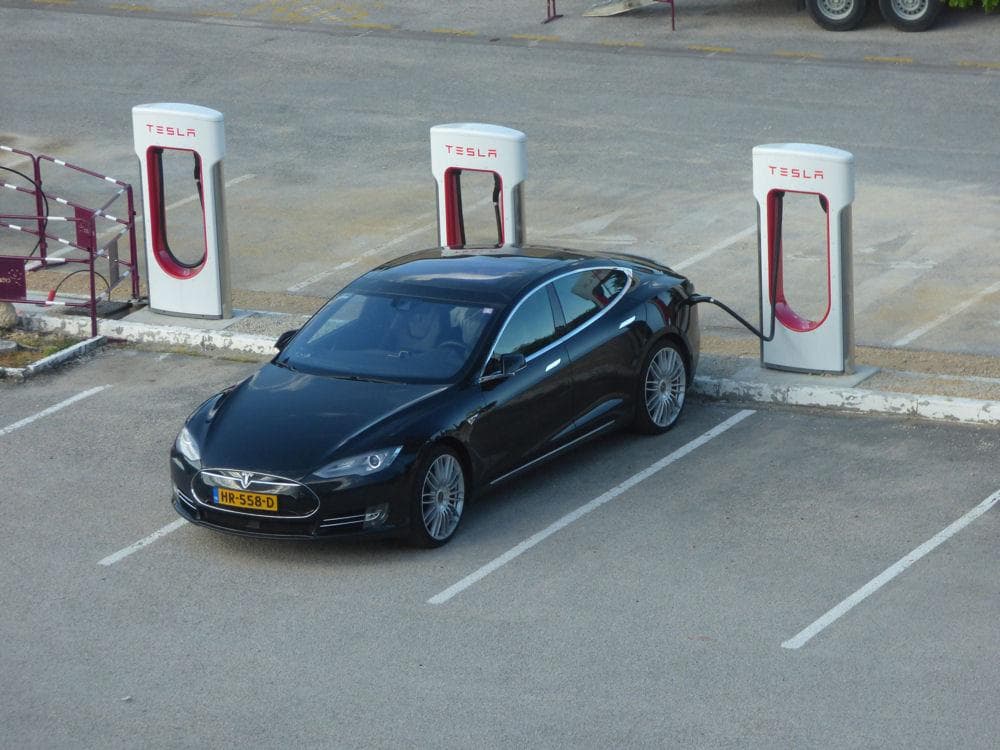“We need to make green energy much cheaper.”, Bjorn Lomborg
Global policymakers appear to have adopted a uniform approach to the green energy transition – making fossil energy unavailable through supply restriction or legislative and regulatory prohibition, or more expensive through taxation. They either lack confidence in future green energy cost reductions or they lack the patience to wait for those cost reductions. Lomborg sees the need to make green energy cheaper in absolute terms, while policymakers pursue the approach of making it cheaper in relative terms by increasing the cost of conventional energy and its end uses.
The US government and some state governments are pursuing these approaches to phaseout internal combustion engine (ICE) vehicles and transition to electric vehicles (EVs) or hydrogen fueled vehicles. California plans to ban sale of ICE vehicles in 2030, while the federal government plans to ban their sale in 2035. The federal government currently pays incentives of up to $7,500 to purchasers of electric vehicles and plans to increase the incentives to up to $12,500 for vehicles produced by union labor. The federal government also intends to incentivize installation of up to 500,000 electric vehicle charging stations, with a focus on disadvantaged and underserved neighborhoods. Incentives are also planned for electric school buses and transit buses.
These mandates and incentives are deemed necessary because current electric vehicles are expensive, largely because of the cost of their batteries. Also, current EVs are range limited by their batteries, reducing their utility for other than short trips. EV owners also experience “fuel anxiety” because of the limited EV charging infrastructure.
The EV transition is also currently being impeded by concerns about battery fires, which have resulted in major vehicle recalls. Concerns regarding battery fires are also causing some jurisdictions to consider prohibiting EV charging stations in public and private parking structures and underground parking facilities in residential complexes.
There are currently light duty and medium duty EVs available in the market, though they represent only approximately 7% of passenger car sales and a lesser share of light and medium duty truck sales. Heavy duty EV trucks are just being introduced to the market and EV semi-tractors are under development. The major concern with these heavy-duty vehicles is the effect the weight of the batteries has on the gross vehicle weight (GVW) of the truck and the limitation that imposes on cargo weight.
The conversion of railroad vehicles to EV is a major challenge. EV passenger rail in highly populated areas of the country has been in use for decades. However, passenger rail power demands are much lower than for freight service. Freight locomotives in current service use electric drive motors at the wheels, but the electricity is provided by diesel generators in the locomotives. Installing overhead electric lines of sufficient current carrying capacity on the 140,000 route miles of freight rail infrastructure and converting existing locomotives with catenaries and transformers would be an extremely expensive undertaking.
Conversion of off-road vehicles, such as farm and construction equipment, to EV operation present interesting charging and utility challenges.
